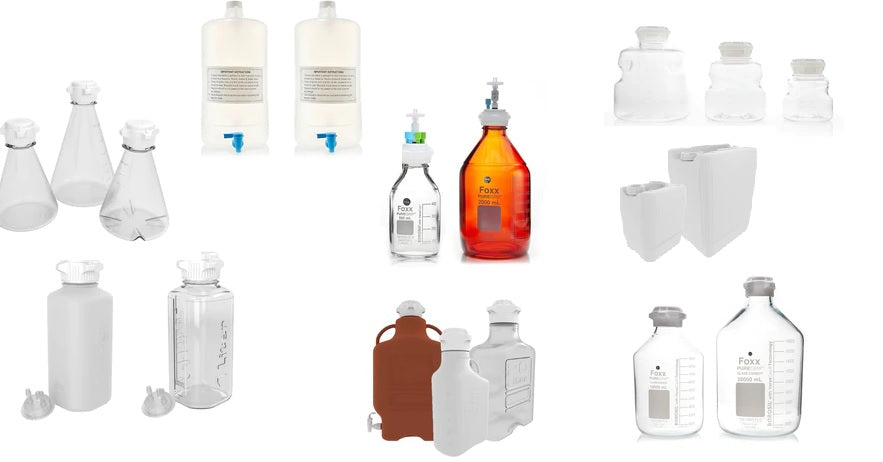
Easy Ways to Bring in cGMP into Your Laboratories
Recently, the Government of India (GOI) has mandated GMP regulations for all pharma industries, including MSME. GMP compliance is the best way to conduct business across borders. The basis of this is putting quality first, at all times and in all processes.
Here are Guidelines toward making your laboratory cGMP compliant:
- Establish a quality management system (QMS). This is a set of policies and procedures that ensure the quality of your products and services. The QMS should cover all aspects of your laboratory operations, from the procurement of raw materials to the testing and release of finished products.
- Validation is documented testing, performed under highly controlled conditions, and demonstrates a process that consistently produces a result that meets predetermined acceptance criteria. In a validated process, it is possible to retest the system and obtain conformance to specification.
- Have written Standard Operating procedures for all laboratory activities. These procedures should be clear, concise, and easy to follow. They should also be regularly reviewed and updated as needed.
- Qualified and trained staff. All staff who work in the laboratory should be qualified and trained periodically to do their jobs. They should also be aware of the cGMP regulations and how they apply to their activities at work.
- Maintain proper documentation. This includes records of all laboratory activities, such as test results, calibration records, and training records. Documentation should be accurate, complete, and legible.
- Conduct regular audits. This is a way of checking that your laboratory is complying with the cGMP regulations. Audits should be conducted internally and by an independent party.
- Take corrective and preventive action (CAPA). This is a way of addressing any problems that are identified during an audit or other review. CAPA should be timely and effective.
By following these steps, you can make your laboratory cGMP compliant and ensure the quality of your products.
Here are some additional tips for making a laboratory cGMP compliant:
- Keep the laboratory clean and organized.
Most laboratories have been reported to spill or throw some of the laboratory consumables, due to contamination, inadvertent mixture or improper storage/handling. These can be prevented by using space saving, closed systems which prevent spillage and inadvertent mixtures/contamination.

- Use appropriate equipment with respect to size and material for each of the process.
Many a times laboratories use set volume procedures for their processes rather than scaling up, resulting in wastage and loss of time do to cleaning and validating such equipment. Instead choose the systems that are appropriate for the specific processes and procedures and when possible switch out vessels for Single-Use.

- Label and date all chemicals and reagents clearly.
A simple practice of labelling has shown to prevent many laboratory mishaps and loss of consumables.

- Dispose of waste properly.
Sustainability and safety should be on the top of list of general laboratory practices. This is especially in laboratories dealing with Hazardous chemicals and agents. Ensure to dispose off all wastes appropriately and final disposable through certified hazardous waste management units.

- Ensure all practices are documented and certified at appropriate intervals.
By following these tips, you can help to ensure that your laboratory is a safe and productive environment for producing high-quality products. When a laboratory process includes all of the above steps, the quality at each level will keep improving.
- Scientifically sound and appropriate specs.
- Establish written specs, sampling, procedures.
- Conformity to written specifications.
- Calibration of instruments.
- Conformance to appropriate standards of identity, strength, quality, & purity.
- Performance results documented prior to release.
